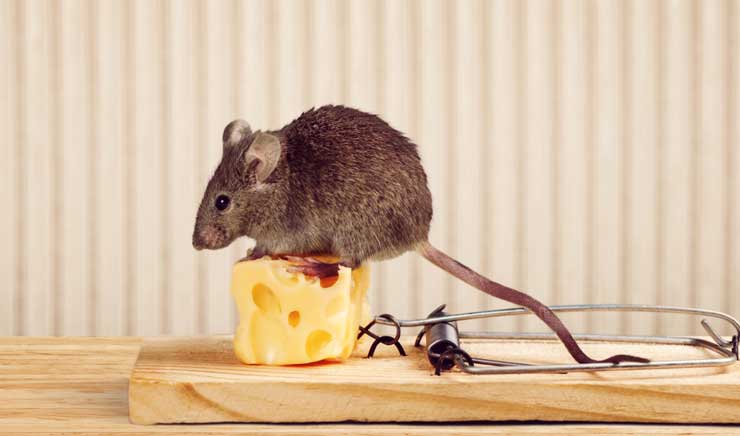Rats are incredible contortionists and can slip into spaces the size of a quarter. Signs of rats include greasy smears along furniture and walls, droppings, gnawing and a musky smell.
To help prevent a rat infestation, remove clutter from areas where rats might hide and store food in containers with lids. Also, keep your lawn trimmed and avoid planting plants that can provide shelter.
1. Seal Cracks and Holes
Rats can wreak havoc on homes and businesses. They are tenacious and very skilled at entering structures through small cracks and holes. You can reduce their access by sealing any entry points with a caulking gun or hardware cloth.
You can also add an extra layer of protection by putting up a barrier of metal or concrete around the property. This can help éliminer les rats from entering your home. Keeping your trash bins sealed and eliminating outdoor sources of water can also deter rats.
Another way to repel rodents is by using a natural repellent. Peppermint oil, citronella oil, and ammonia are effective at deterring rodents. Soak cotton balls in these items and place them near walls or areas with high rat activity. You can also use a live trap that uses the rodents’ curiosity to its advantage.
2. Clean Up
During the cleanup process, it is crucial to protect yourself by wearing rubber or latex gloves and a mask to prevent contamination. You will also want to dispose of any dead rodents in a sealed garbage bag and clean any areas where rats have left droppings or urine.
Use a commercial disinfectant or bleach solution with a recommended dilution and dwell time to wipe down counters, appliances, and cabinet shelves. Machine wash or steam clean any furniture and carpets that have been contaminated with rodent droppings or urine, as well.
Remove any debris or woodpiles near your home and keep grass mowed to eliminate places for rats to hide. In addition, make sure to take out your trash regularly and install door sweeps and one-way vents to deter rodent entry.
3. Remove Food Sources
Rats are drawn to areas that provide them with food, water, and shelter. They’re not picky about where they go to find it; ripening fruit, nut trees, compost piles, overstuffed closets and pantries, discarded or abandoned wood and rock piles, and cluttered areas all provide the basics for rats and mice to breed and thrive.
Make sure your home doesn’t offer these things by removing food sources, cleaning up trash, and ensuring the area around your house is clear of dense vegetation, old wood piles, and overhanging tree branches. Consider using a granular repellent like peppermint oil, eucalyptus oil, or scented fabric softener sheets on cotton balls and sprinkling them along your property’s perimeter to discourage rodents from coming close to your home. Installing a chimney cap and caulking leaking roof vents is also a great preventative measure.
4. Install Exclusion Devices
If you want to get rid of rats without using poison (which takes at least a week to kill them), the best way to do it is to prevent them from entering your home in the first place. This means keeping food and garbage in airtight containers, and promptly cleaning up any spills or messes around the house.
Outside, make sure to keep your yard trimmed back so that rodents have less space to run through. You should also consider installing wire mesh over exterior doors, soffits, and roof vents, as well as re-caulking cracks or gaps in the foundation.
Finally, you should also install rat exclusion devices such as live traps and tamper-proof rodent traps. These are designed to catch rats as they search for a new home, and they use a mechanism triggered when the rodent steps on it to deliver a high-voltage shock that is lethal to rats but not humans or larger pets.
5. Hire a Professional
If rats make it into your home, it is crucial to hire a professional for rat extermination. Rat poison is dangerous for pets and children, so traps are the safer option.
It is also important to make sure your property is uninviting to rats, which means keeping yard debris clean and removing places for rats to hide. This includes trimming bushes, locking storage sheds, clearing out piles of wood and trash, and removing bird seed or pet food that is left outside overnight.
Summary:
In addition, it is important to seal any entry points that rats can use into your house, such as vents, holes in the foundation, air conditioning and attic vents, and chimneys. This can be done by sealing cracks and openings with steel wool and caulk.
